Close-up on the beautiful delicate flower.
Side-view.
I also saw my first butterflies (and bee - but not photographed) of the year today! I believe this is an Eastern Comma (Polygonia comma).
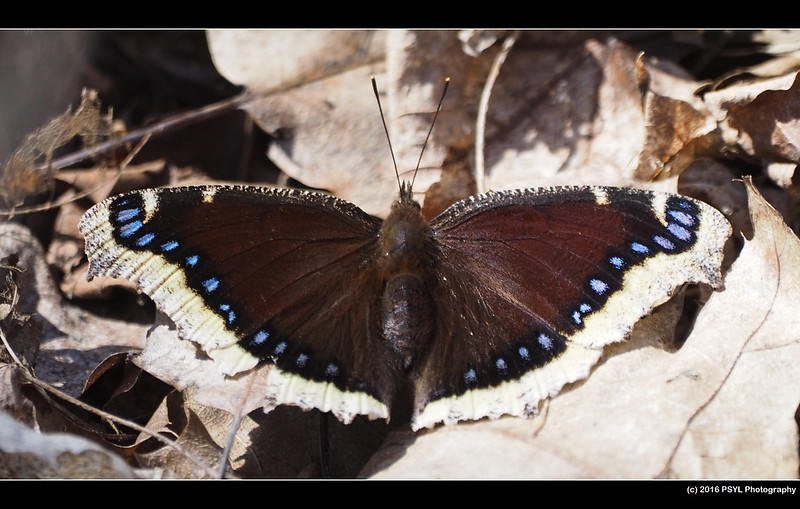
There were also many Mourning Cloaks (Nymphalis antiopa) flying around in the forest.

There were also many Mourning Cloaks (Nymphalis antiopa) flying around in the forest.
Feeding on something in the tree bark.
Ventral view of its wings.
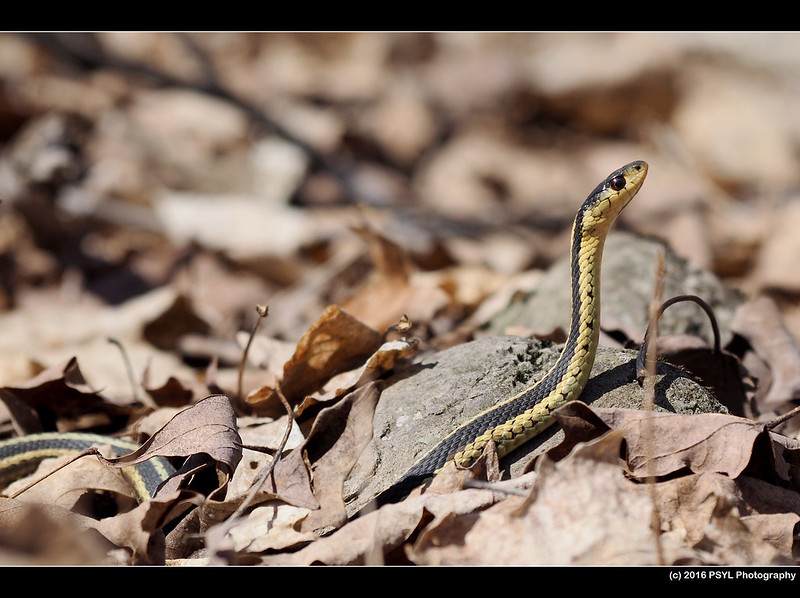
Eastern Garter Snake (Thamnophis sirtalis sirtalis)
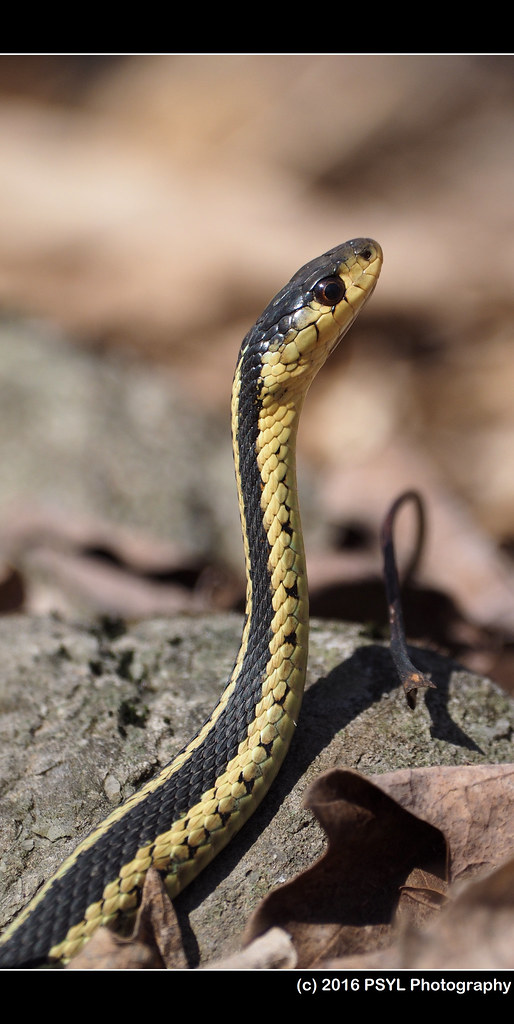
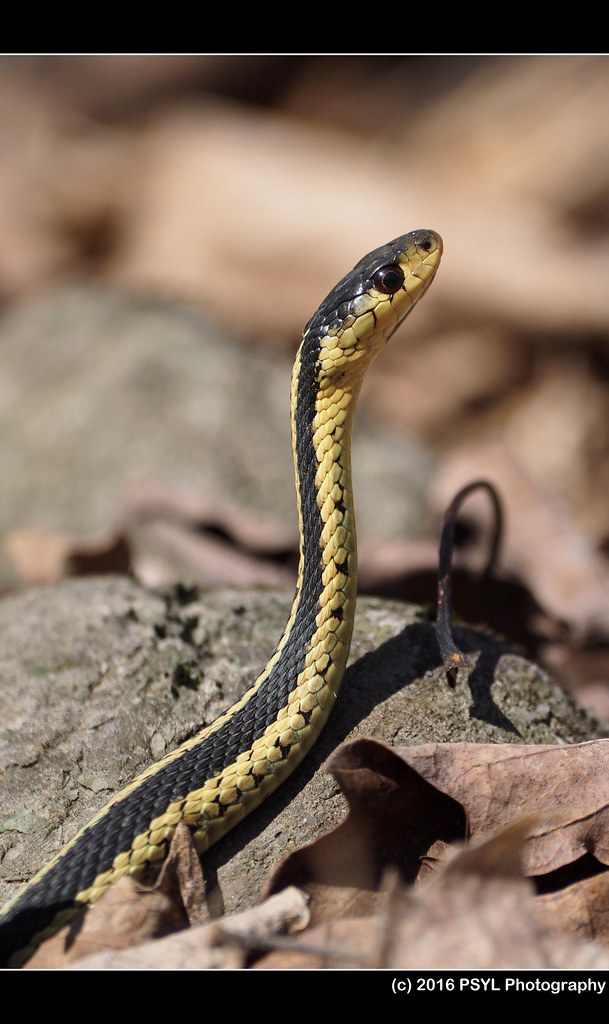
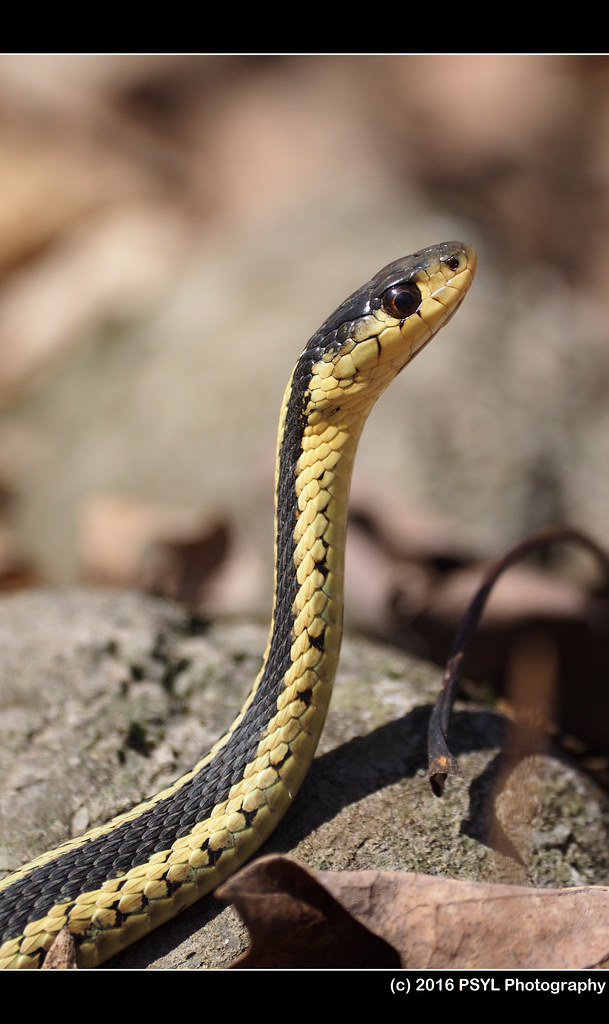
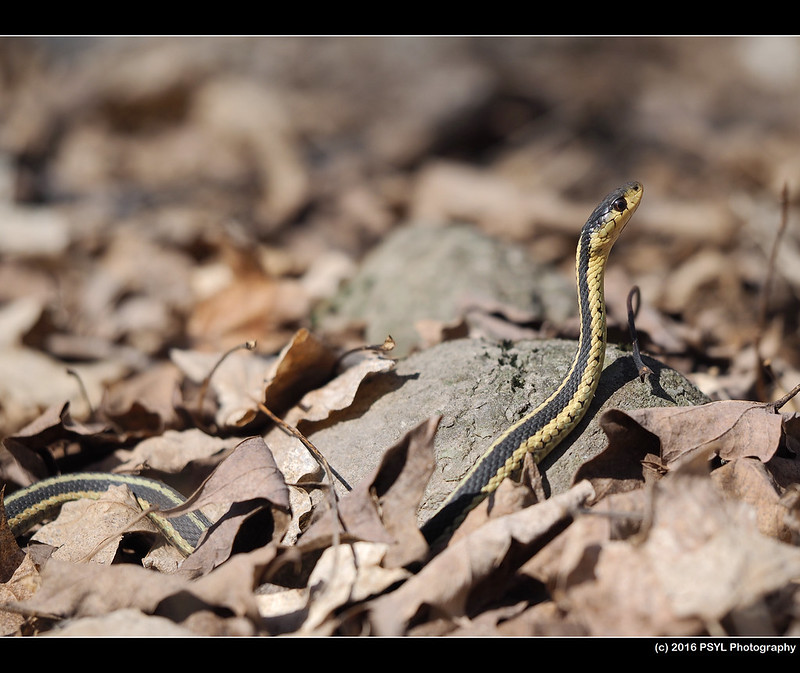
One thing I was looking for was salamanders, but I was not as lucky as the last time. While I was looking underneath rocks and logs, I noticed something bright sticking out of the forest floor and quickly realized it was an Eastern Garter Snake!

Eastern Garter Snake (Thamnophis sirtalis sirtalis)
This snake did not move the whole time I was photographing it. What a wonderful model.




While the snake was enjoying the sun, a Mourning Cloak all the sudden flew and landed on a rock right next to the snake (they were maybe five centimeter away from each other).
What an amazing sight!
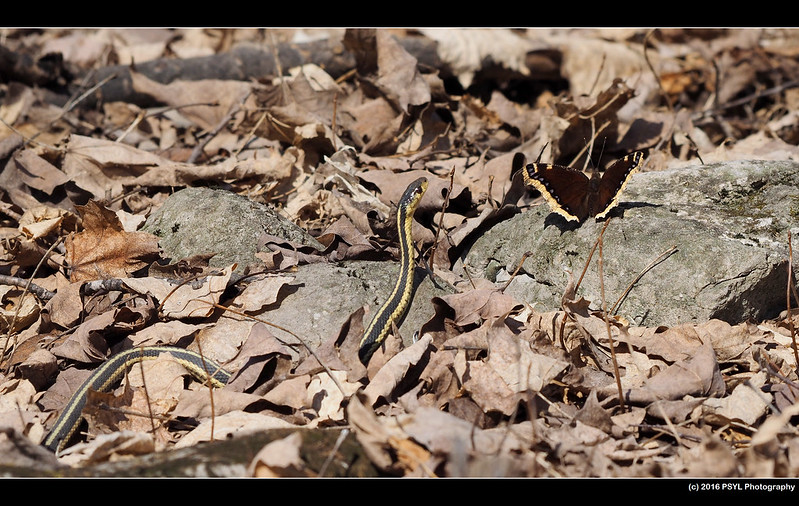
Snake and butterfly.
Having two such interesting subjects right next to each other, I was facing the dilemmas of which one to focus on. I decided to do both separately.
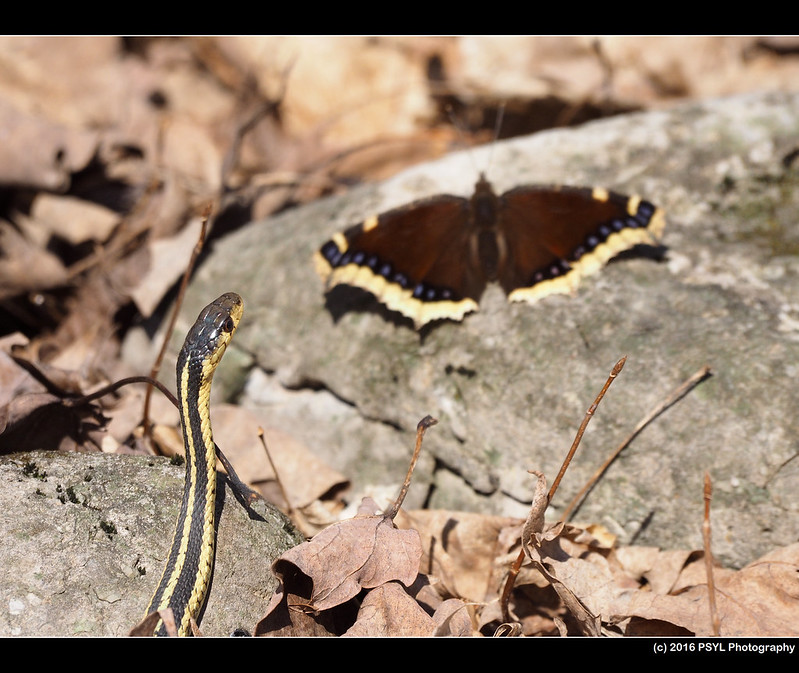
Snake.
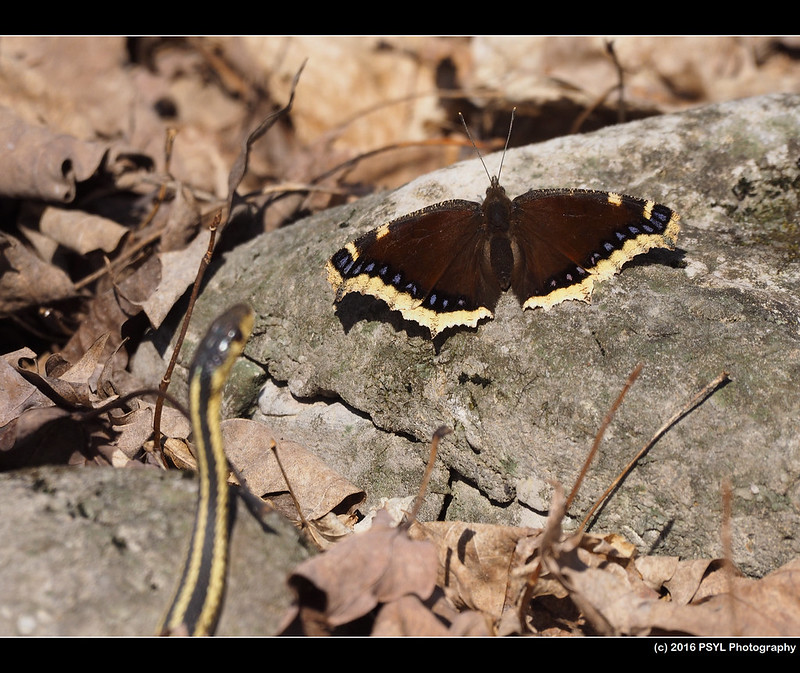
Butterfly.
Again, the snake did not move the whole time and the butterfly flew elsewhere after less than five minutes. A part of me wonder if the snake sees the butterfly as a potential prey. I know Merlins do.
The Mourning Cloak enjoying the sun somewhere else.
While walking along McCarthy Road, I noticed two Black-capped Chickadees (Poecile atricapillus) flying back and forth from this tree.
They were excavating and building a nest cavity. Here you can see one of the chickadees inside the cavity.
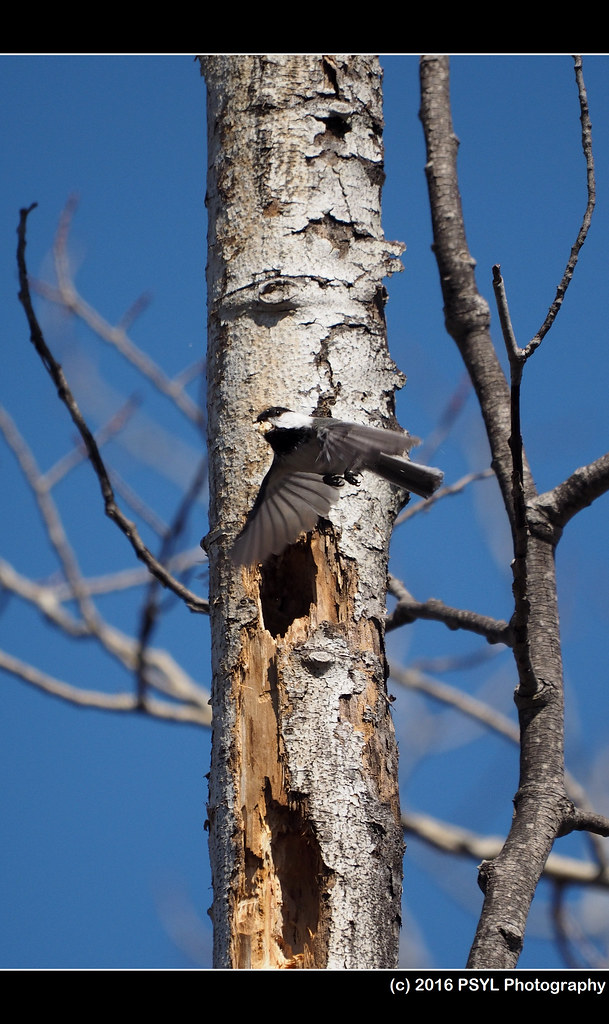
Taking the wood chips out of the cavity.

Taking the wood chips out of the cavity.
Not great shots but still fun to document.
Hopefully they will nest here and I can come check on them regularly (before I depart for fieldwork at the end of next month).
Groundhog (Marmota monax) at Sawmill Creek Constructed Wetland.
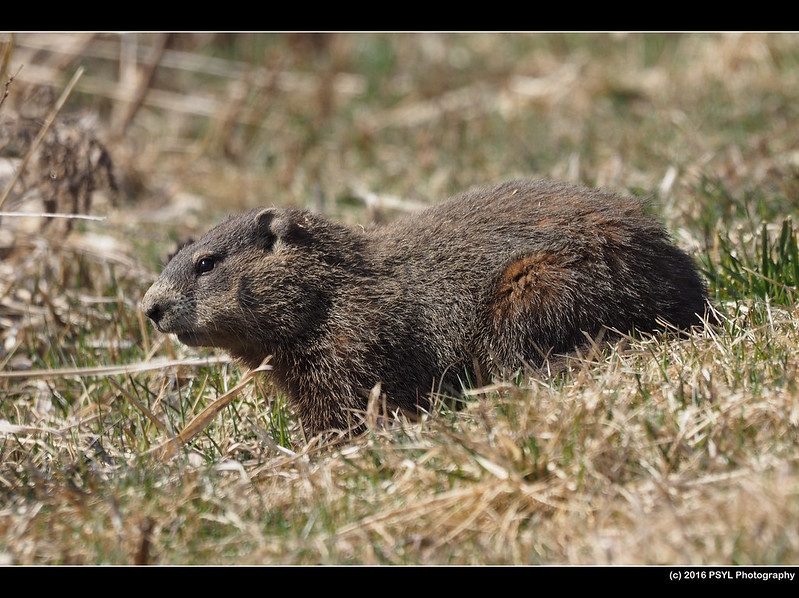
It disappeared into its burrow afterwards.

It disappeared into its burrow afterwards.
Close-up on the small flowers on the head.
Ring-necked Ducks (Aythya collaris)
Another side-view.
I love this time of the year, especially after a pretty long winter.
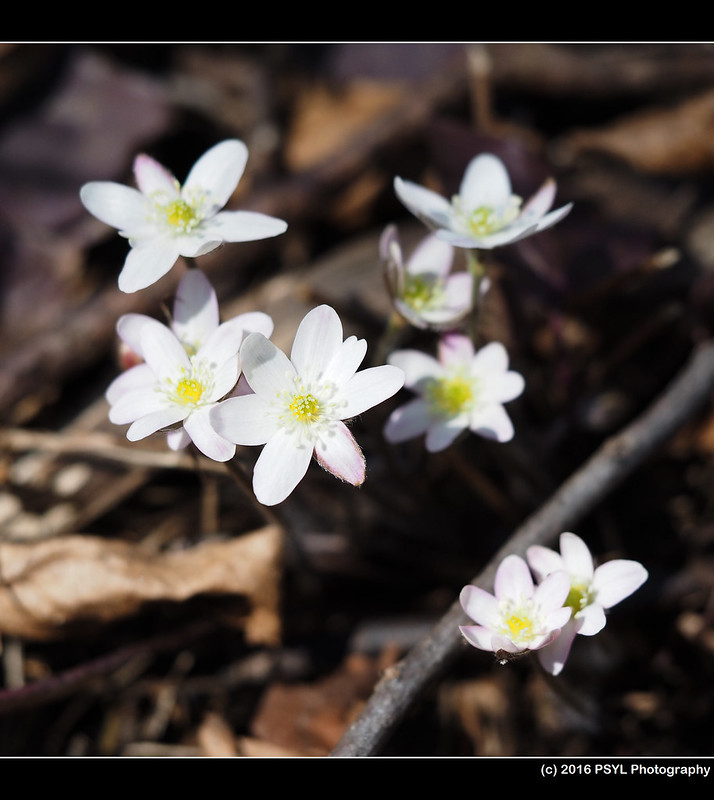
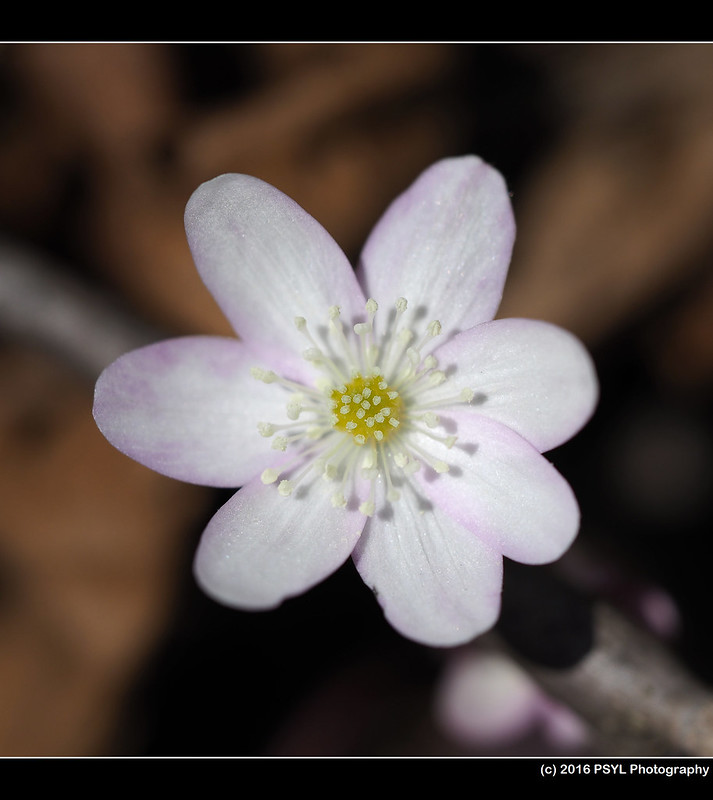
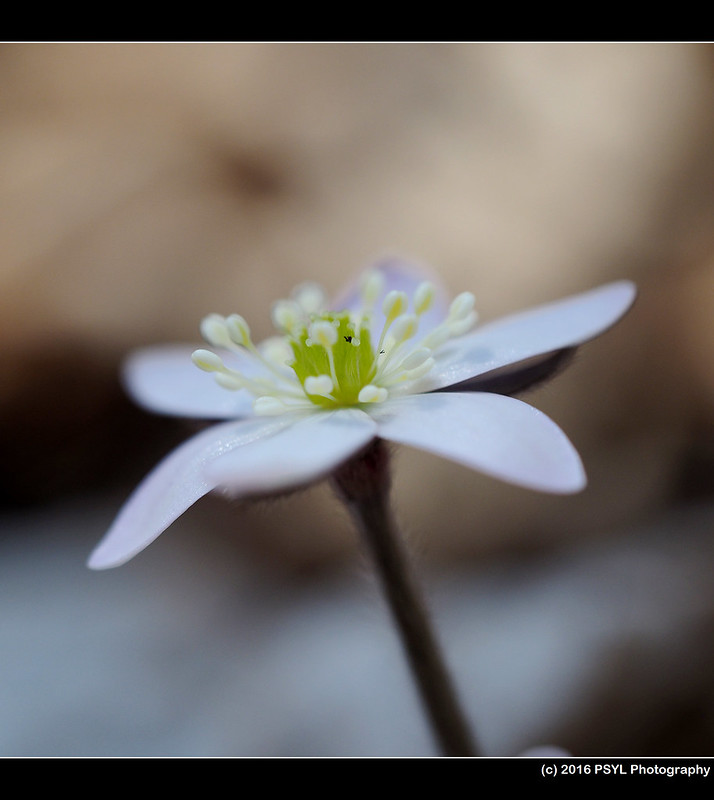
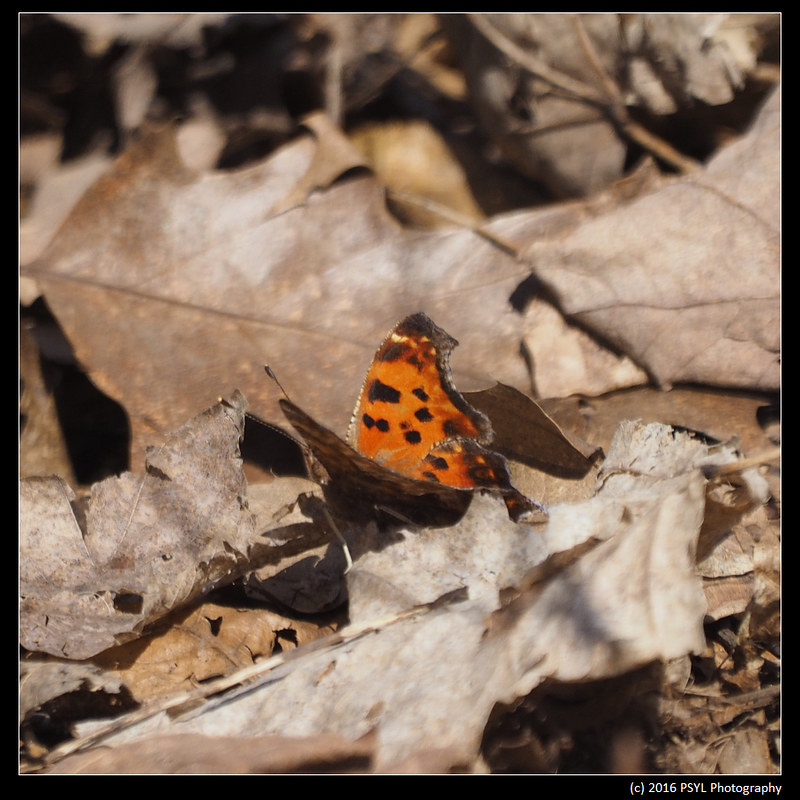
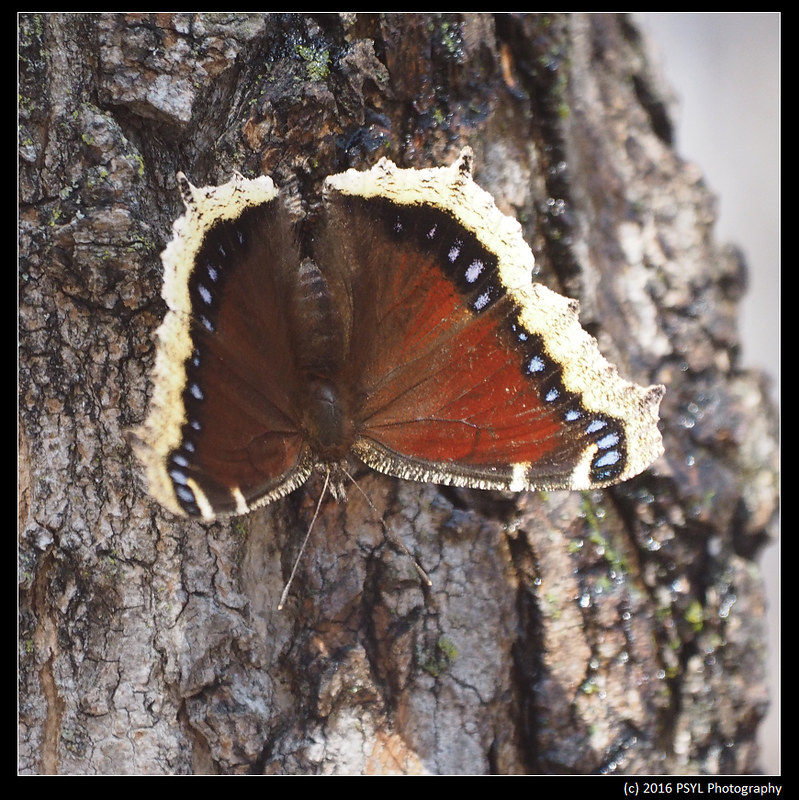

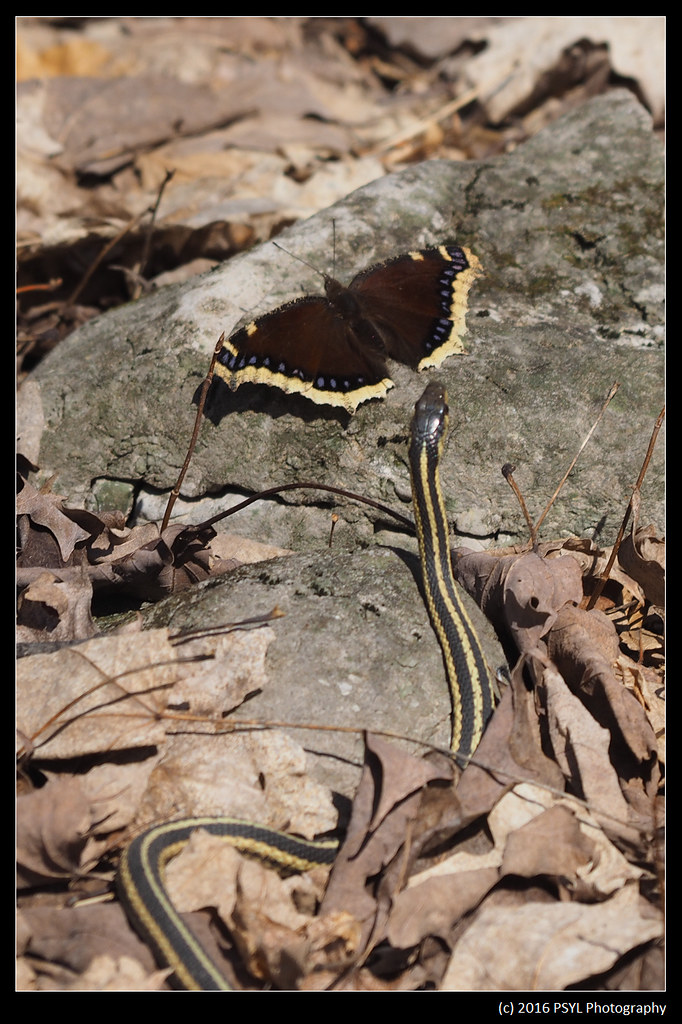
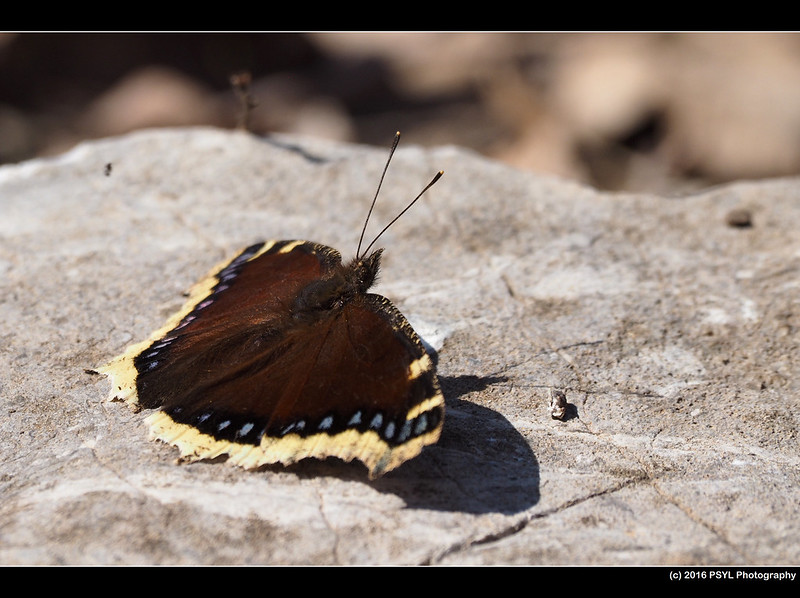

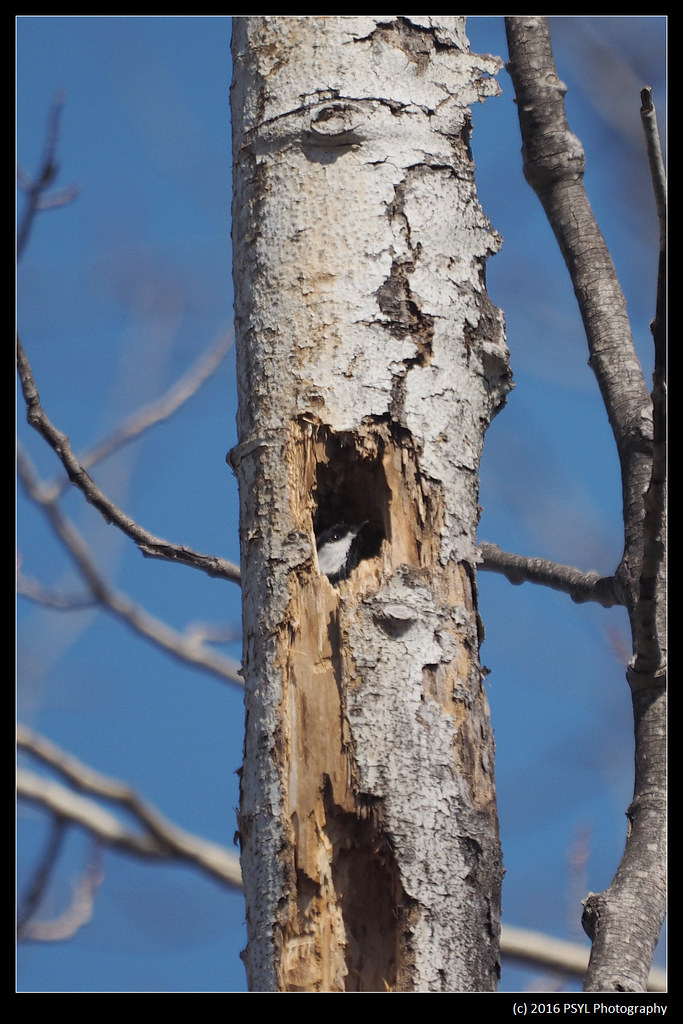
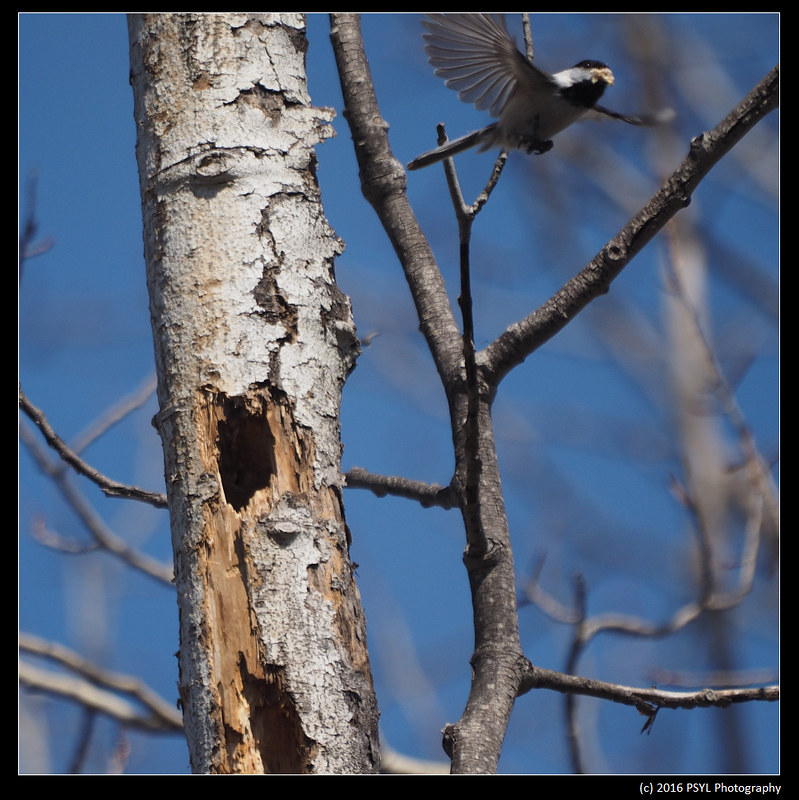
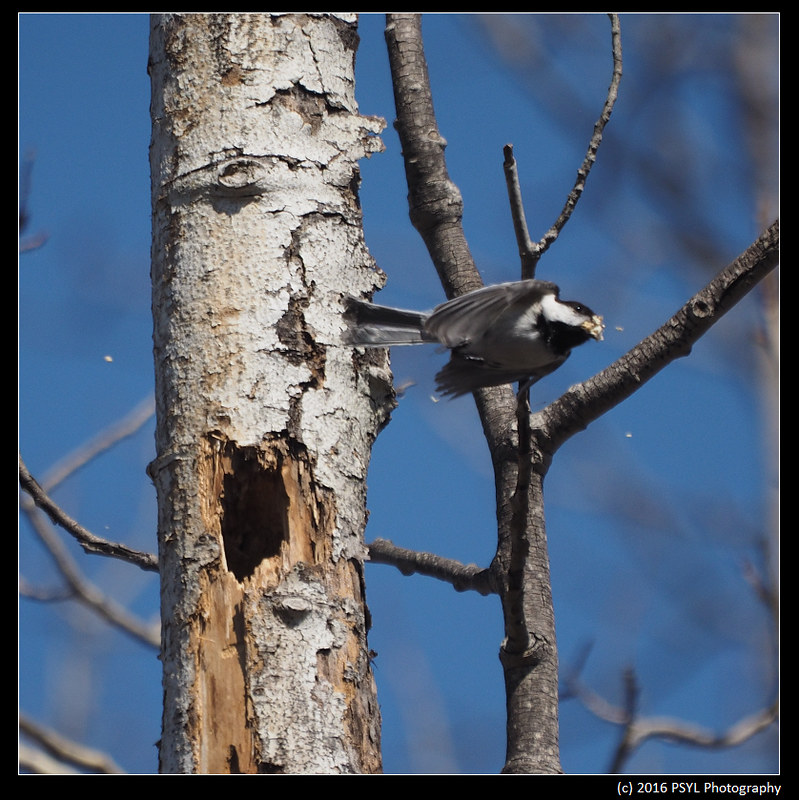
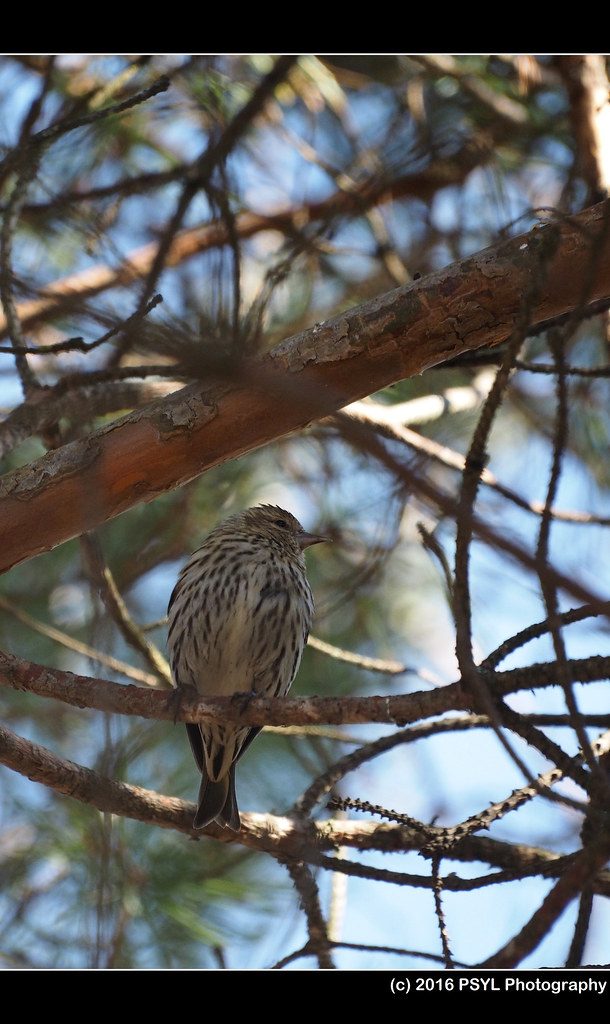
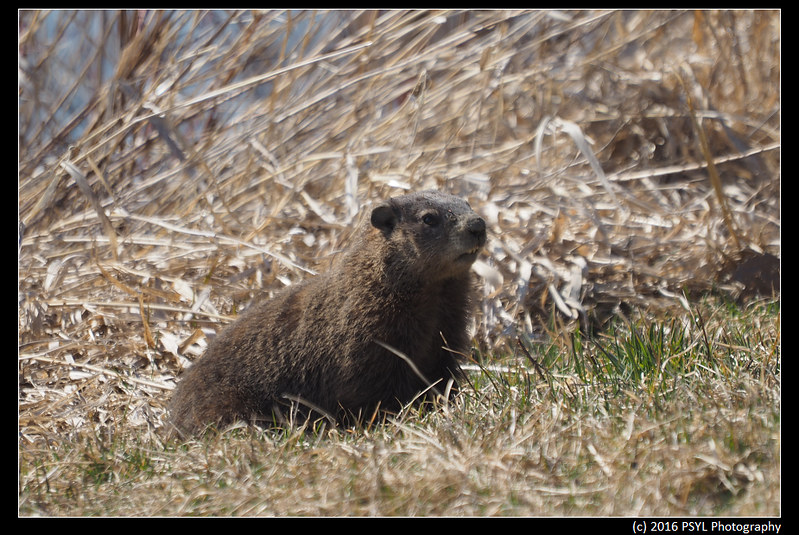

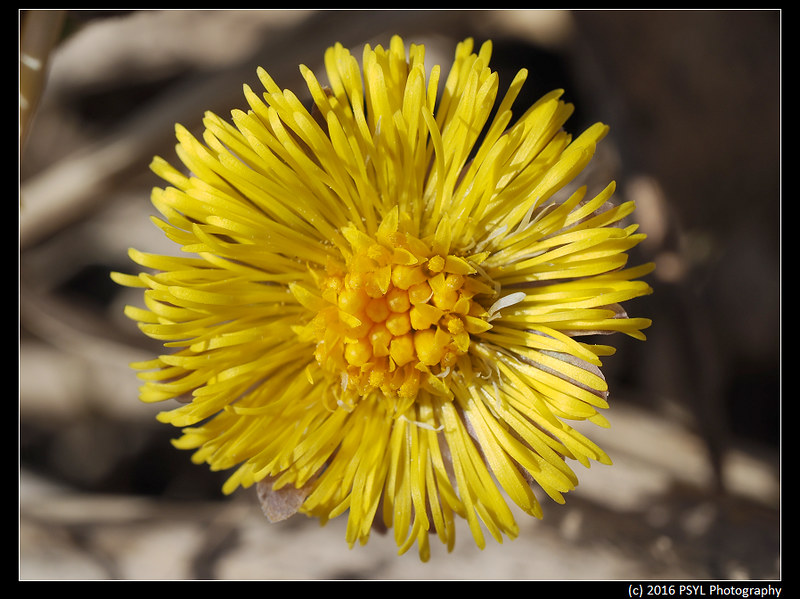
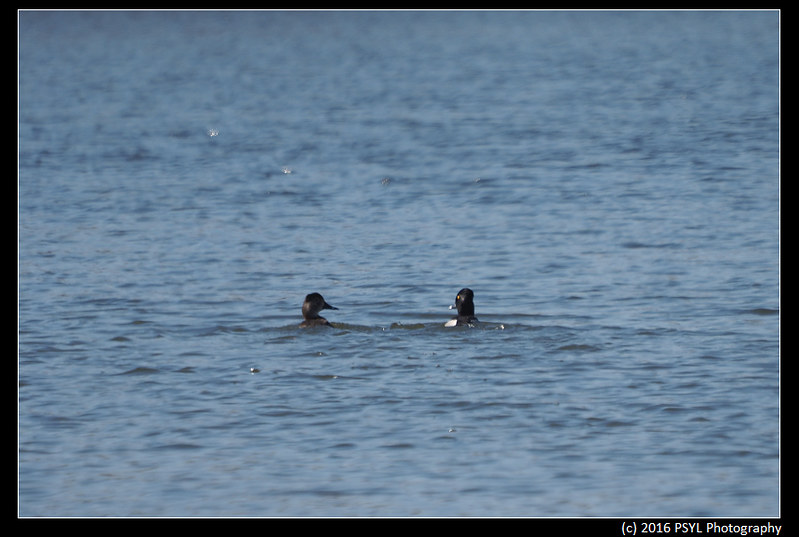
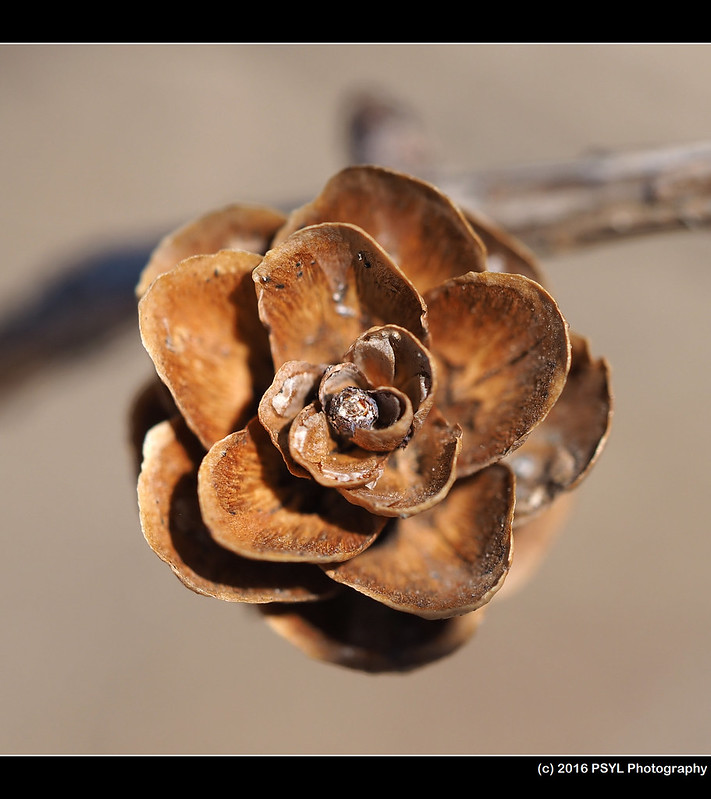
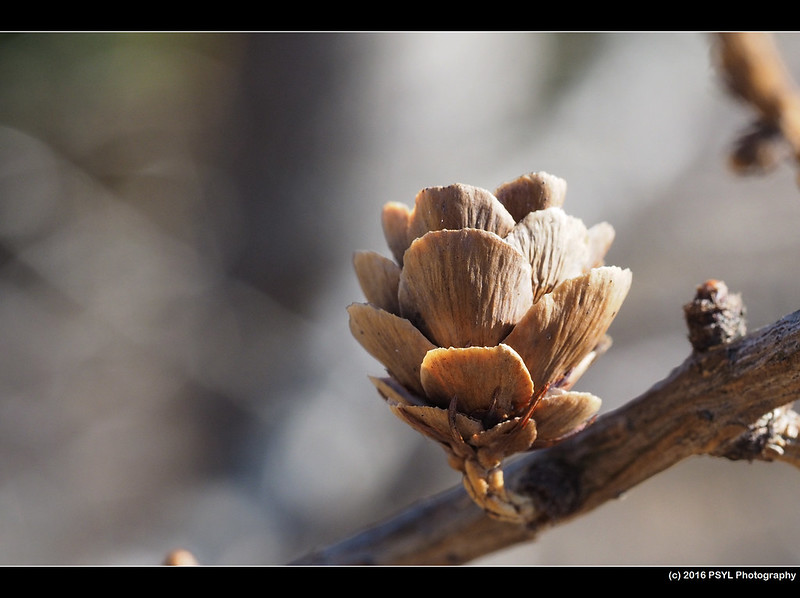
No comments:
Post a Comment